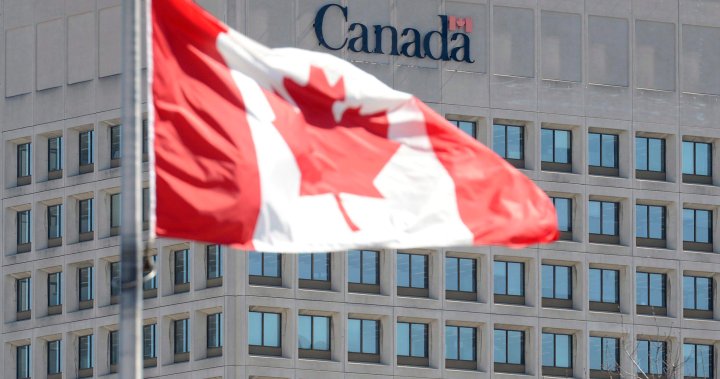For the third year in a row, there was a decline in the number of medical students who are seeking residency with family doctors, according to the Ontario Medical Association (OMA).
“The OMA is concerned about the declining number of medical students choosing family medicine,” OMA President Dr. Andrew Park told reporters on Tuesday.
The number of students who are looking at fields outside of family medicine is a growing issue, according to the OMA.
“Following the first round of this year’s match there were 108 unfilled family medicine spots out of a total of 560 in Ontario, up from 100 unclaimed spots last year,” Park said.
“That’s a sharp rise from 61 and 2022, 52 and 2021 and 30 and 2020.”
Park said the second round of entries is to be announced Thursday and that his organization will be keeping a close eye on them.
The OMA gathered a group of educators from medical schools across Ontario in an effort to explain some of the reasons students are choosing other fields of medicine to practice in and what some potential solutions could be.
The group that spoke on behalf of the OMA on Tuesday included Dr. Cathy Risdon from McMaster University, Dr. Gena Piliotis from Queen’s University, Dr. Azadeh Moaveni from the University of Toronto and Toronto Metropolitan University’s Dr. Jobin Varughese.
While a number of issues they spoke of were financial, the assembled doctors said that there were other factors that needed to be addressed as well, including forms.
“No one goes to medical school to fill out forms,” Park said. “Doctors want to care for their patients but the administrative work that is crept into medicine makes the field less about caring for people and more about paperwork.”
The latest health and medical news
emailed to you every Sunday.
Moaveni said that, on average, the general practitioners were spending 19 hours a week on clerical tasks, depending upon how many patients they see.
“I’ve had the same practice since I was a resident. I will tell you that that administrative burden has skyrocketed,” she explained, noting that the doctors have to fill out forms for insurance companies or approve a rehab course for a patient who may have had a bad fall.
“We have too many forms that family doctors, A don’t need to sign, or, if they do, are just extraordinarily way too cumbersome for them to actually focus on the patient care as opposed to filling out these massive forms,” Park said.
He did not deny the importance of some of the forms but said that they should be streamlined, if not eliminated.
“The thing is, we either don’t need some of these forms, or they’re too long, or they need to be revised, and all those things should be on the table,” he said.
The group all said that one of the more important issues that Ontario needs to address is creating time and space for current family doctors to train the next generation, be it in the classroom or in the field
Piliotis said that Queen’s has launched a new program in Oshawa which is dedicated to educating family doctors.
She said that schools need to be able to get the family doctors in front of students earlier in their careers in an effort to encourage future generations that that should be their focus.
“The clinical teaching is hard to have,” Piliotis said. “There’s not enough support of our clinical teachers in the community, let alone having them come in and actually do in classroom teaching and leaving their very busy, tight offices to do so.”
Toronto Metropolitan University will launch a new medical school in Brampton in 2025, which is looking to allocate 60 per cent of its resources to family medicine, according to Varughese.
He said the students at the school will have trouble finding placements to learn their craft if the government does not up their payment for current doctors to train new ones.
“Currently, we’re in a situation where a family doc that is providing community clinical education is being asked to take on learners in their space, where they may or may not have extra rooms for that learner, and being done in a way that the compensation basically comes out to about $25 per half-day,” he explained.
In addition, there is also an issue of the number of doctors who are retiring or focusing their practice, according to Risdon.
“They’ve trained hundreds of students to be future family physicians, and those students will see thousands and thousands of patients over their life,” she said.
“So every one medical teacher that we lose is actually the loss of a significant future, and potentially the loss of the capacity.”
Park said 2.3 million people are already without a family doctor in Ontario, a number that “is expected to nearly double in just two years.”
The doctors say that by spending more on primary care, the province will save money down the road as patients will be able to get issues addressed sooner rather than later when they worsen.
“The health care of of all Ontarians, both in and out of hospital, is going to be impacted,” Risdon said. “So this is a critical problem for all of us to turn our minds to.”
Global News has reached out to the Ministry of Health for comment on the doctor’s remarks. They did not respond with comment as of press time.
© 2024 Global News, a division of Corus Entertainment Inc.





